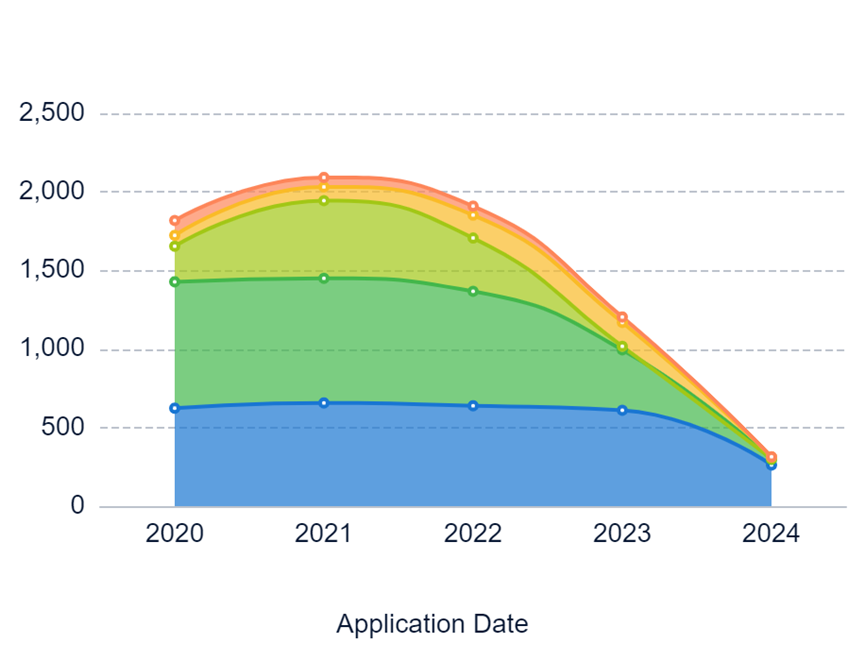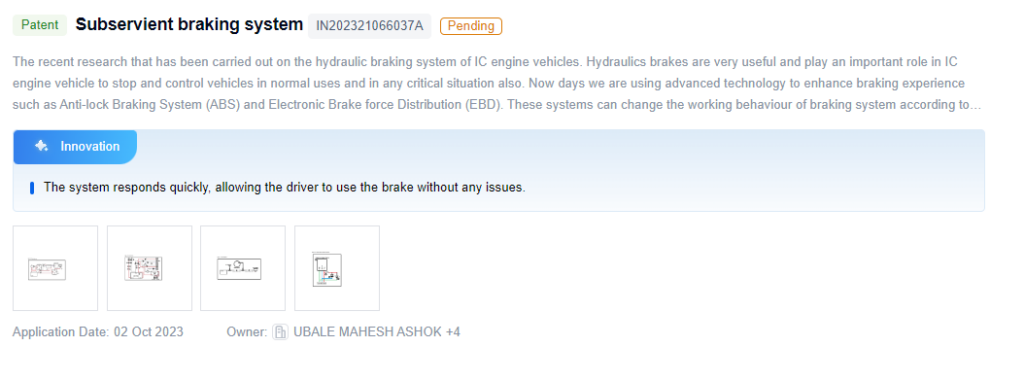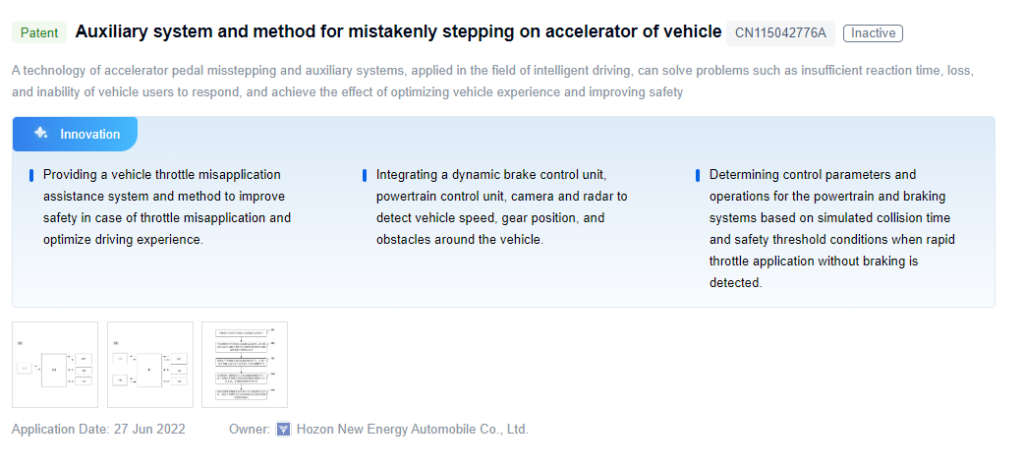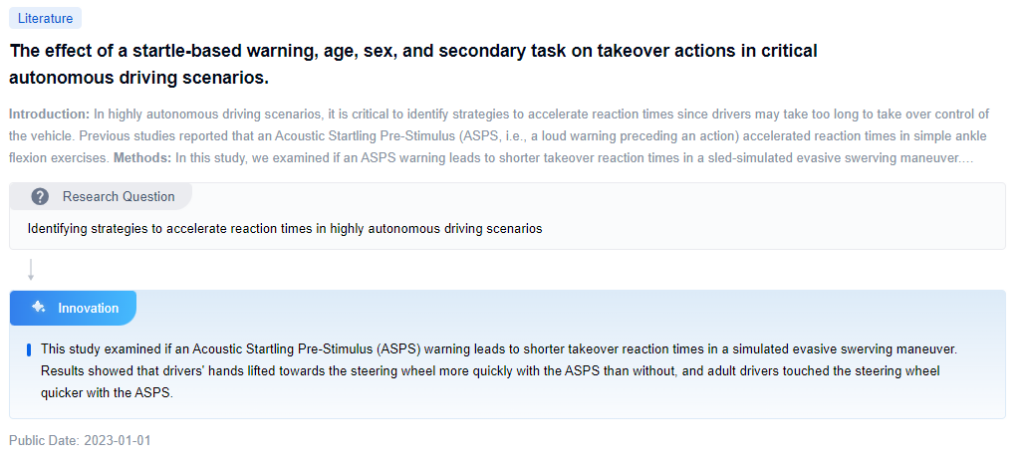
Steering Wheel Response Goals and Objectives
Improving the quick response performance of steering wheels is crucial for enhancing vehicle handling and safety. The main goal is to reduce the delay between the driver’s input and the steering system’s response, ensuring precise control of the vehicle’s direction. This is particularly important in performance-oriented and sports car segments. The key objectives include reducing inertia and friction within steering components, optimizing power assistance mechanisms, and implementing advanced control algorithms that can adapt to road conditions and vehicle dynamics. The integration of technologies like steer-by-wire and active steering systems is expected to play a significant role in achieving superior steering response. Ultimately, the goal is to provide drivers with an intuitive steering experience, enhancing driving pleasure and safety, especially during critical maneuvers.

To get a detailed scientific explanations of steering wheel, try Eureka.
Market Demand for Quick Response Steering Systems
The demand for improving the quick response performance of steering systems is driven by the need for improved vehicle safety and handling performance, especially as vehicles become more powerful and capable.
Performance and Luxury Vehicle Segment
- Emphasis on Dynamics: Consumers in the performance and luxury vehicle segment prioritize driving dynamics and are willing to pay a premium for advanced steering technologies that enhance the overall driving experience.
- Electric and Hybrid Vehicles: The rise of electric and hybrid vehicles has created a demand for steering systems that compensate for the lack of engine-based feedback, providing a more engaging driving experience.
Commercial and Fleet Vehicle Sector
- Safety and Maneuverability: Quick response steering systems are vital for improving safety and maneuverability in trucks, buses, and other large vehicles. Precise steering control is essential for navigating tight spaces and responding to changing road conditions.
ADAS and Autonomous Driving Technologies
- Integration with Advanced Systems: The shift towards advanced driver assistance systems (ADAS) and autonomous driving technologies increases the need for responsive and accurate steering systems. These systems ensure seamless integration and reliable performance as vehicles rely more on electronic control.
Current State and Challenges in Steering Wheel Technology

The current state of steering wheel technology faces several challenges that hinder optimal quick response performance.
Balancing Steering Feel and Responsiveness
- Trade-off Issues: Traditional steering systems often prioritize smooth and linear steering feel, which can compromise the system’s responsiveness. Achieving a balance between steering feel and quick response is a significant challenge.
Complexity of Advanced Technologies
- Integration Difficulties: Incorporating technologies like steer-by-wire, active steering, and variable ratio steering into steering systems requires intricate control algorithms and robust hardware designs. Ensuring seamless integration and reliable operation under various driving conditions remains a hurdle.
Impact of Electrification and Regional Differences
- Electrification Challenges: The transition to electric and hybrid powertrains introduces new complexities in maintaining optimal steering feel and response. The characteristics of electric motors and regenerative braking systems require specific adjustments.
- Regional Variations: Automakers in regions with stringent safety regulations may prioritize different aspects of steering performance, leading to variations in technological advancements across markets.
Evolution of Steering Wheel Response Technologies

Existing Solutions for Quick Response Steering
Quick Release Steering Wheel Mechanisms
Quick release mechanisms allow for easy removal and attachment of the steering wheel, facilitating access to the driver’s area or enabling the use of different steering wheels. These mechanisms are used in various vehicles, including racing cars, child vehicles, and construction vehicles, providing convenience and safety.
Steer-by-Wire Steering Systems
Steer-by-wire systems eliminate the mechanical connection between the steering wheel and the road wheels, using electronic control to transmit steering inputs. These systems offer enhanced steering response, feedback, and control capabilities, with features like torque feedback and fail-safe mechanisms for improved safety.
Rear Wheel Steering Control
Rear wheel steering control systems improve vehicle maneuverability, stability, and response by adjusting the rear wheel steering angle based on vehicle speed and driving conditions. These systems are particularly useful for enhancing cornering performance and reducing turning radius in tight spaces.
Steering Feedback and Torque Control
These systems provide appropriate steering feedback and torque to the driver, enhancing the driving experience and improving vehicle control. Steer-by-wire systems with torque feedback and algorithms for torque steer compensation ensure a natural and responsive steering feel.
Lean-to-Steer and Steer-by-Driving Systems
Lean-to-steer systems allow vehicles to steer by leaning or tilting the body, providing a more intuitive and natural steering experience. Steer-by-driving systems, often used in skid-steer vehicles, achieve steering through differential driving of the wheels, allowing for precise maneuvering in confined spaces.
Key Players in Steering System Industry
The competitive landscape for improving quick response performance in steering systems includes industry leaders and emerging players, each contributing to advancements in technology.
Guangzhou Automobile Group Co. Ltd.
Guangzhou Automobile Group has developed an intelligent steering system that integrates AI and machine learning algorithms to predict and respond to driver inputs more quickly.
Toyota Motor Corp.
Toyota has introduced a steer-by-wire technology that enhances quick response performance by using electronic signals to control the steering, allowing for faster and more precise adjustments.
Robert Bosch GmbH
Bosch has developed an advanced electronic power steering (EPS) system that improves quick response performance through high-precision sensors and a powerful control unit, ensuring optimal steering response under various conditions.
Hyundai Motor Co. Ltd.
Hyundai has implemented a motor-driven power steering (MDPS) system that uses an electric motor to assist the steering, providing more immediate and precise control compared to traditional hydraulic systems.
Honda Motor Co. Ltd.
Honda has developed an adaptive steering system that adjusts the steering ratio based on vehicle speed and driving conditions, improving quick response performance by providing more responsive steering at lower speeds and more stable steering at higher speeds.
Core Innovations in Steering Wheel Technology
Patent 1: Subservient Braking System
- Key Points:
- This system helps the driver stop the vehicle even when the engine fails or loses power, using external resources to provide the required vacuum in the braking unit.
- The system is designed to respond quickly, ensuring that the driver can apply the brake without issues during engine failure.

Patent 2: Auxiliary System and Method for Mistakenly Stepping on Accelerator of Vehicle
- Key Points:
- This system provides throttle misapplication assistance to improve safety in case of throttle misapplication and optimize the driving experience.
- It integrates a dynamic brake control unit, powertrain control unit, camera, and radar to detect vehicle speed, gear position, and obstacles around the vehicle.
- The system determines control parameters and operations based on simulated collision time and safety thresholds when rapid throttle application without braking is detected.

Paper 1: The Effect of a Startle-Based Warning on Takeover Actions in Critical Autonomous Driving Scenarios
- Key Points:
- This study examines whether an Acoustic Startling Pre-Stimulus (ASPS) warning leads to shorter takeover reaction times in a simulated evasive maneuver.
- Results indicate that drivers responded more quickly with the ASPS, with hands moving towards the steering wheel faster than without the warning.

Potential Breakthroughs in Steering Response
Steer-by-Wire Steering Systems
These systems eliminate the mechanical connection between the steering wheel and the road wheels, providing more precise and responsive steering control through electronic signals.
Quick Release and Connect Mechanisms for Steering Wheels
Quick release mechanisms allow for easy removal and attachment of the steering wheel, facilitating maintenance, repair, or customization while ensuring a secure connection.
Steering Wheel Feedback and Response Systems
These systems provide tactile feedback and responsive behavior to the driver through the steering wheel, enhancing steering feel and contributing to a more intuitive and responsive driving experience.
Rear Wheel Steering Control Systems
Rear wheel steering control systems improve maneuverability, stability, and responsiveness in various driving scenarios by adjusting the rear wheel steering angle.
Lean-to-Steer and Steer-by-Driving Systems
These systems enable steering control through leaning or tilting motions, providing a more intuitive and responsive steering experience, particularly for specialized vehicles.
Regulatory Landscape for Automotive Steering Systems
The regulatory landscape for automotive steering systems is governed by stringent standards to ensure safety and reliability. Regulations such as the Federal Motor Vehicle Safety Standard (FMVSS) 203 and 204 in the United States, and UNECE Regulation No. 79, outline requirements for steering system performance, mechanical strength, and failure mode behavior. Compliance with these regulations is mandatory for automotive manufacturers and involves rigorous testing and validation processes to ensure the safety of steering components.
Safety Considerations in Steering System Design
Safety is a critical aspect of steering system design, focusing on preventing unintended steering inputs or loss of control. This includes implementing redundant systems, fail-safe mechanisms, and robust control algorithms to monitor system performance and detect potential failures. The integration of advanced driver assistance systems (ADAS) and autonomous driving technologies also requires the ability to override or disengage the driver’s steering inputs safely. Additionally, the steering system must be designed to withstand various impact scenarios, such as frontal, side, or rear collisions, using energy-absorbing materials and collapsible steering columns. Rigorous testing and validation processes are essential to ensure the safety and reliability of steering systems under diverse operating conditions.
If you want an in-depth research or a technical report, you can always get what you want in Eureka Technical Research. Try now!

